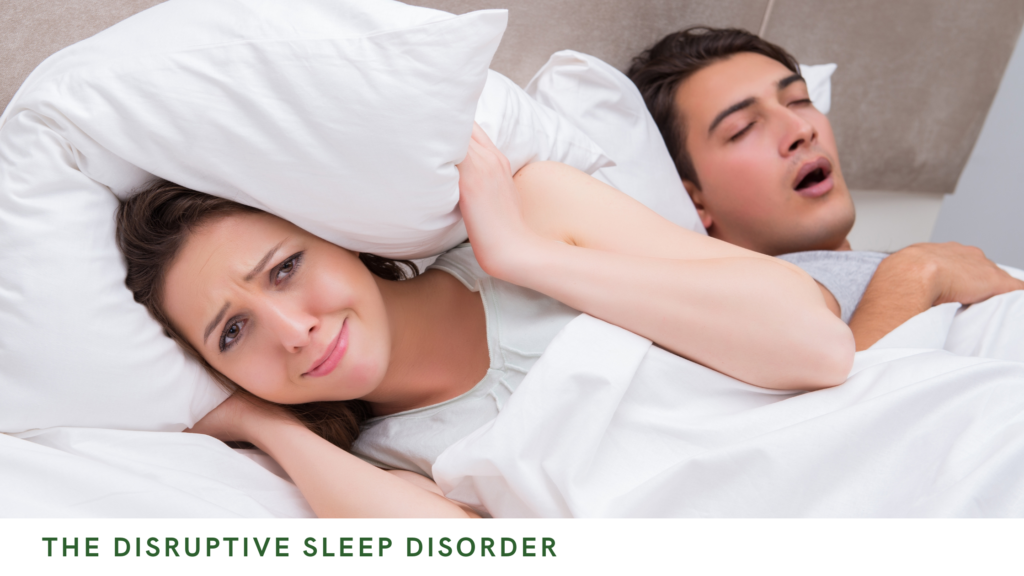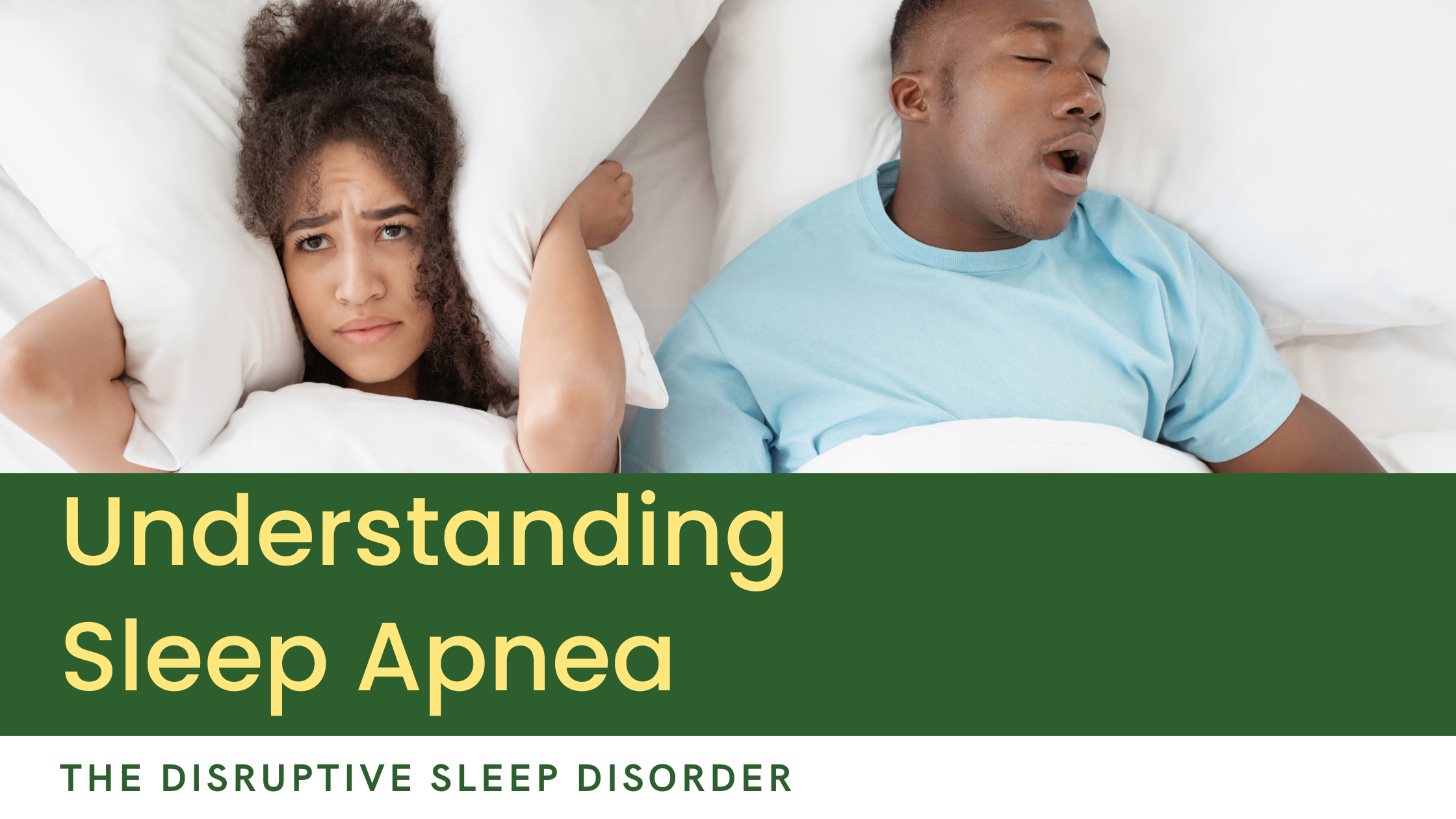Sleep is a crucial aspect of our overall well-being, allowing our bodies to rest, rejuvenate, and recharge. However, for some individuals, a condition known as sleep apnea can disrupt this essential process, leading to interrupted breathing and potential health complications. In this article, we will explore the causes, symptoms, diagnosis, treatment, and prevention of sleep apnea.
Sleep apnea is a sleep disorder that is distinguished by transient interruptions in respiration while an individual is asleep. These pauses, known as apneas, can occur multiple times throughout the night, causing a person’s sleep cycle to be disrupted. One of the hallmark signs of sleep apnea is loud snoring, often accompanied by excessive daytime sleepiness despite having slept for an extended period.
Table of Contents
Apnea in Sleep: Classification and Origins
There are several types of sleep apnea, each with its own underlying causes:
- Obstructive Sleep Apnea (OSA): This type occurs when the muscles in the back of the throat relax excessively, leading to a narrowing or closure of the airway during inhalation. Factors such as obesity, enlarged tonsils, or a small jaw contribute to this form of sleep apnea.
- Central Sleep Apnea (CSA): Central sleep apnea is characterized by a failure of the brain to transmit proper signals to the muscles responsible for breathing. This results in periodic lapses in breathing during sleep.
- Complex Sleep Apnea Syndrome: Also known as treatment-emergent central sleep apnea, this type is a combination of obstructive sleep apnea and central sleep apnea.

Sleep apnea risk factors
While sleep apnea can affect anyone, certain factors can increase the risk of developing the disorder, including:
- Being male
- Age 40 and above
- Having enlarged tonsils, a large tongue, or a small jaw
- Nasal blockage caused by a septal deviation
- Sinusitis and other allergy symptoms
- Alcohol consumption or alcohol dependency
- Sedative or sleep aid use
- Smoking
Sleep apnea symptoms are quite typical.
Sleep apnea symptoms may not always be recognized by the person experiencing them, but they are often noticed by a bed partner. These symptoms can include:
- Loud snoring
- Breathing stops at regular intervals while sleeping
- Feelings of suffocation or gasping for air while sleeping
- Waking up due to breathlessness or coughing
- Insomnia or difficulty staying asleep
- Dry mouth or sore throat upon waking
- Morning headaches
- Excessive daytime sleepiness
- Impaired concentration, memory, and mood changes
- Reduced libido
When to Seek Medical Attention
Consult a medical professional if you or someone you know experiences the above symptoms. Additionally, if you notice a decline in your daily quality of life or function, it’s important to seek evaluation and potential treatment for sleep apnea.
Diagnosing Sleep Apnea
The process of diagnosing sleep apnea involves several steps:
- Medical History and Physical Examination: A doctor will inquire about the patient’s symptoms and medical history. A physical examination may include assessing weight, nasal passages, and throat.
- Sleep Study: A sleep study, also called polysomnography, is often conducted to monitor breathing patterns, heart rate, oxygen levels, and other relevant data during sleep. This can be done either in a sleep clinic or at home using portable monitoring devices.
- Tests for Detection: Tests may include home sleep apnea testing (HSAT) where the patient uses portable equipment to monitor heart rate, oxygen levels, airflow, and breathing patterns. Polysomnography involves monitoring multiple physiological variables.
Treatment Options for Sleep Apnea
The choice of treatment depends on the severity of sleep apnea and individual patient needs. Treatment options include:
- Lifestyle Changes:
- Weight loss: Managing obesity can help alleviate sleep apnea symptoms.
- Avoiding alcohol and sedatives: These substances can relax the muscles of the throat, exacerbating sleep apnea.
- Sleep position: Sleeping on one’s side may reduce airway obstruction.
- Smoking cessation: Quitting smoking can improve respiratory function.
- Positive Airway Pressure Devices:
- CPAP (Continuous Positive Airway Pressure): This device delivers a continuous stream of air to keep the airway open during sleep.
- BPAP (Bilevel Positive Airway Pressure): This device adjusts air pressure based on the patient’s inhalation and exhalation.
- Oral Appliances:
- Mandibular Advancement Devices (MAD): These devices reposition the lower jaw and tongue to prevent airway blockage.
- Surgical Interventions:
- Uvulopalatopharyngoplasty (UPPP): Surgical removal of excess tissue from the throat.
- Radiofrequency Ablation: Tissue reduction using specialized energy waves.
- Jaw Repositioning Surgery: Repositioning the jaw to create a larger airway space.
- Inspire Therapy: Implantable device that stimulates the hypoglossal nerve to control tongue movement and prevent airway collapse.
Complications and Prevention
Untreated sleep apnea can lead to various complications, including persistent headaches, hypertension, type 2 diabetes, heart disease, metabolic syndrome, liver dysfunction, and depression. Moreover, sleep apnea can impair daily activities and increase the risk of accidents due to daytime drowsiness.
Prevention strategies include managing risk factors such as quitting smoking, reducing alcohol consumption, and maintaining a healthy weight. For those struggling with obesity, seeking guidance from a registered dietitian or healthcare provider for weight loss strategies is essential.
In conclusion, sleep apnea is a serious sleep disorder that requires proper diagnosis and management. Recognizing the signs and symptoms and seeking timely medical attention can lead to improved sleep quality and overall health. Implementing lifestyle changes and adhering to recommended treatments can help individuals with sleep apnea regain restful nights and better daytime functioning.
